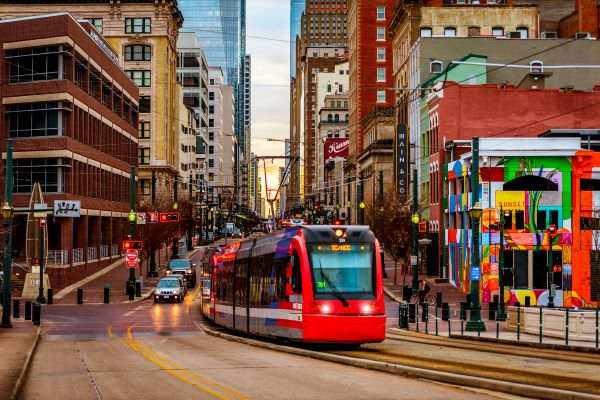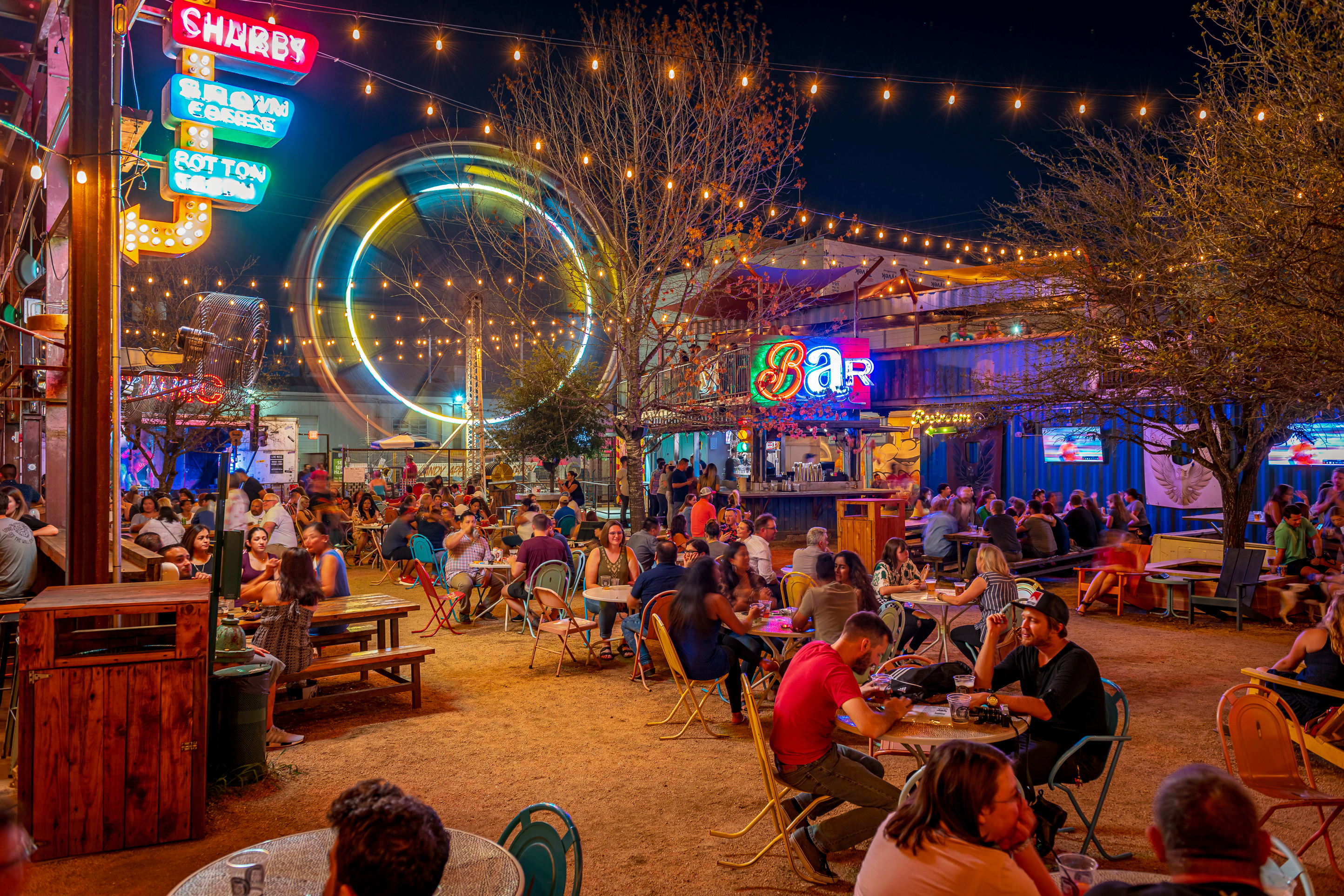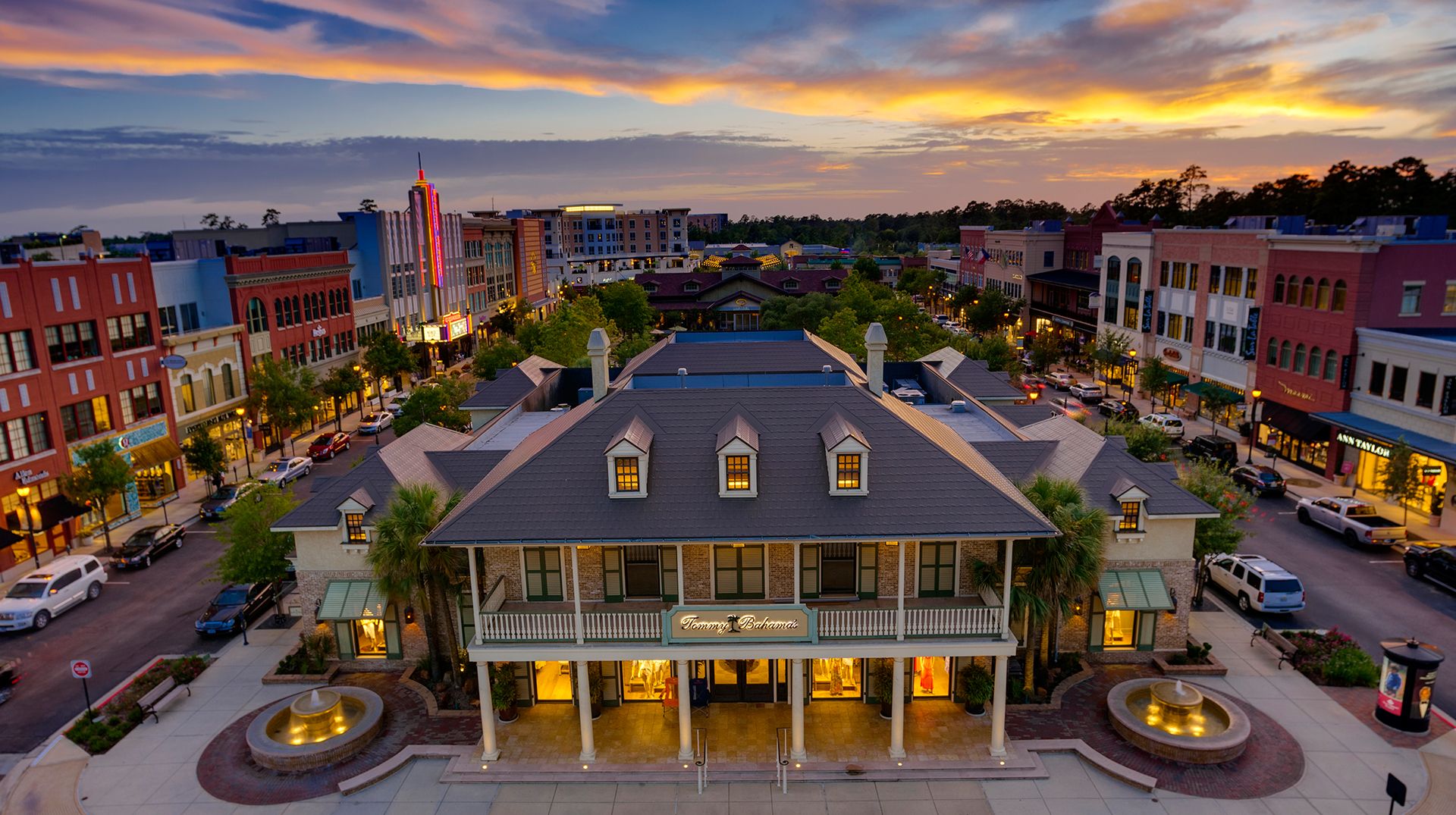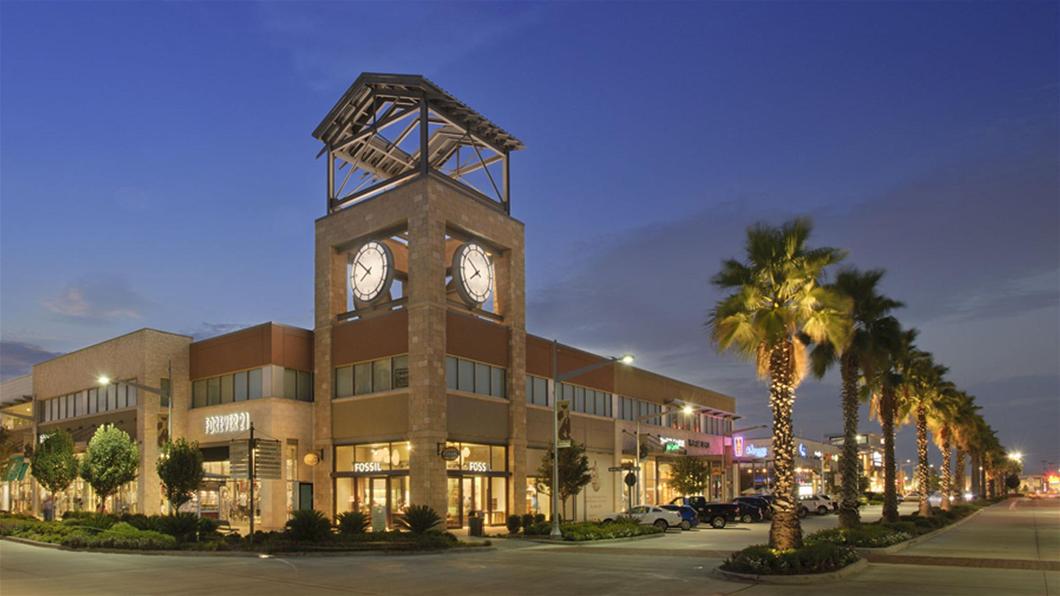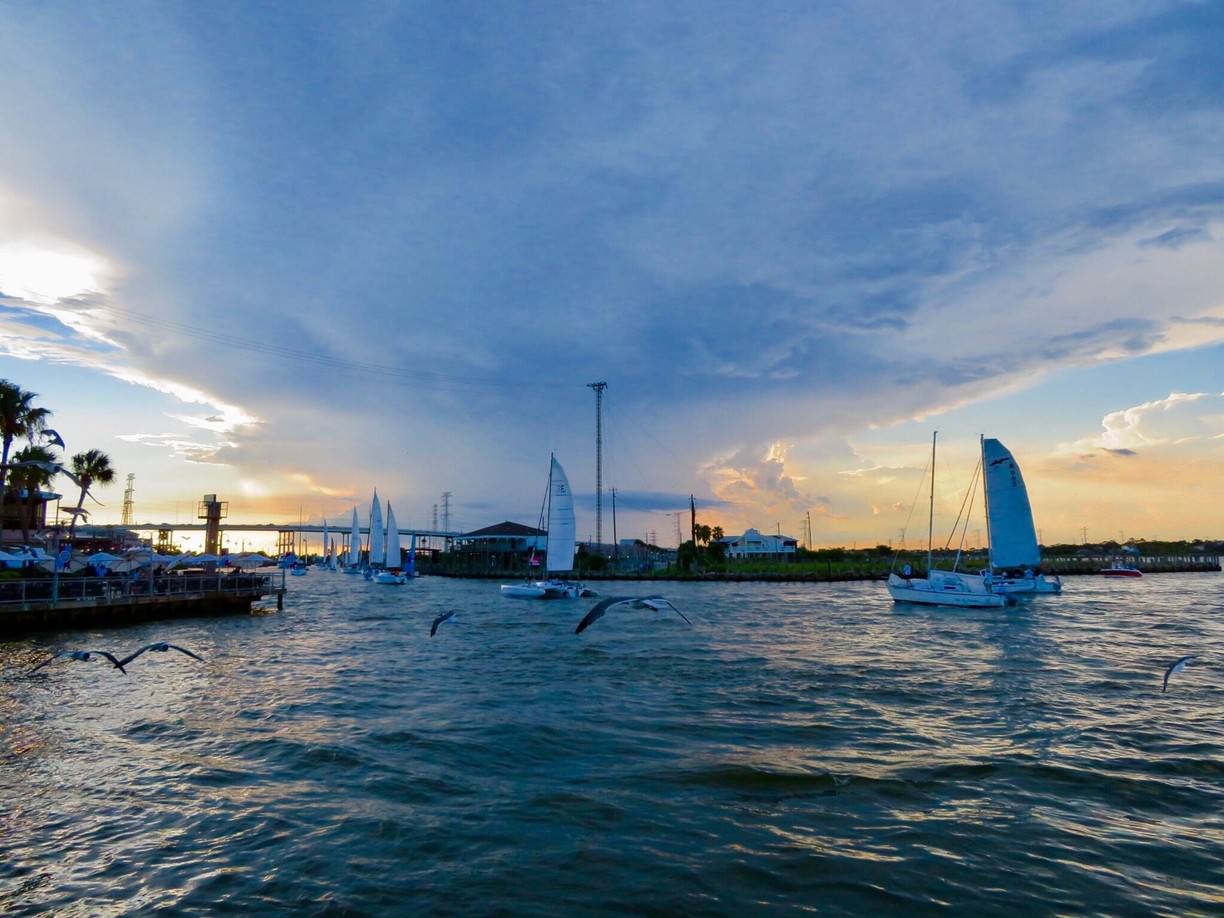Downtown Houston
More than 65,700 people live in and immediately surrounding Downtown Houston. It’s also the center of the city’s highway system, bordered by Interstate 45 to the south and west, U.S. 59 to the east, and Buffalo Bayou to the north. Check out the specific districts that make up Downtown Houston. For more information about living in Downtown, visit DowntownHouston.org.
Daikin Park, the home of the 2017 and 2022 World Series Champion Houston Astros, anchors this section of downtown Houston. The state-of-the-art, retractable roof stadium is housed in a former train station and sits amid several modern loft and office buildings, as well as a smorgasbord of great restaurants like Irma’s, one of Houston’s Tex-Mex staples.
The Civic Center District has been the hub of Houston city government since 1939. It’s home to City Hall, Hermann Square Park, and the historic Central Library, which underwent an extensive renovation in 2008. Hermann Square is frequently used for concerts, festivals, and other events. For a dose of Houston history, visit the Texas room at the Julia Ideson library.
Houston’s 1.8 million-square-foot George R. Brown Convention Center—the GRB, as it’s known by locals—hosts hundreds of thousands of visitors annually. A hefty makeover in 2016 brought restaurants, a 1,000-room Marriott Marquis hotel, and a grand pedestrian promenade connecting the GRB with Discovery Green Park. Dubbed Avenida Houston, the area is alive with activity including live music and special events. Rockets games at Toyota Center, shopping at Houston Pavilions, and easy access to the METRORail make the Convention District desirable to locals and visitors alike.
Centuries-old architecture and tree-lined streets with shops, cafes, pubs, and lofts provide a unique mix of old and new. Market Square Park, the site of Houston’s original city hall, and the University of Houston’s downtown campus keep this area bustling day and night.
The southern quadrant of downtown Houston is home to St. Joseph Medical Center and the Sacred Heart CoCathedral campus, which serves as an ecclesiastical and civic center.
Houston has long been known as a shopping oasis, and GreenStreet and The Shops at Houston Center’s wide array of retail, dining, and entertainment options, including Houston’s House of Blues, don’t disappoint. The area is easily accessible via the Main Street Square stop on the METRORail.
The hub of downtown Houston’s workforce, 10 of Houston’s 26 Fortune 500 companies call the Skyline District home. An extensive network of climate-controlled underground tunnels connects the vast skyscrapers. The JP Morgan Chase Tower is one of the tallest buildings west of the Mississippi, standing 75 stories tall.
Have a penchant for the performing arts? You’ll feel right at home in the Theater District. Houston is one of few U.S. cities with permanent resident companies in opera, ballet, music, and theater. The 17-block area includes nine world-class performing arts venues, as well as Bayou Place and the Houston Aquarium.
The Warehouse District is famous for its funky alternative art scene. Artists, architects, and photographers call this area home, where you’ll find hip dining options, live music, art studios, lofts, and more.
